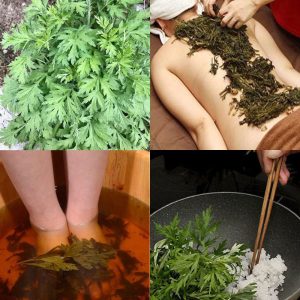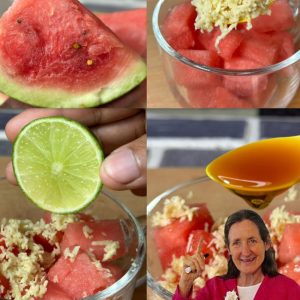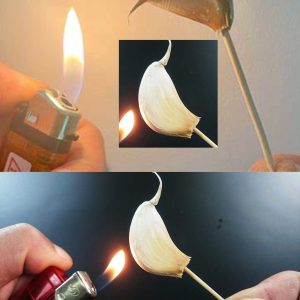Turmeric powder is a powerful spice known for its anti-inflammatory, antioxidant, and medicinal properties. Making your own turmeric powder at home from fresh turmeric root ensures you get a pure and potent product. Here’s a step-by-step guide to help you make turmeric powder at home.
Steps to Make Turmeric Powder
Ingredients and Tools:
- Fresh turmeric roots (as much as you want)
- Clean water
- Knife or vegetable peeler
- A large pot
- A drying rack, oven, or dehydrator
- Blender, coffee grinder, or mortar and pestle
- Airtight container for storage
Instructions:
1. Select Fresh Turmeric Roots
- Start by selecting fresh, healthy turmeric roots. The roots should be firm, free of mold, and brightly orange or yellow in color. Avoid roots that are soft or have spots.
2. Wash Thoroughly
- Wash the turmeric roots thoroughly under running water to remove any dirt or debris. Use a brush if necessary to scrub off any soil that’s stuck in the crevices.
3. Boil the Turmeric
- Place the cleaned turmeric roots in a large pot of water. Boil the turmeric roots for about 30 to 45 minutes, or until they become soft enough to pierce with a fork. Boiling helps break down the starches in the turmeric, making it easier to dry and grind into powder.
4. Peel the Skin (Optional)
- Once the roots are soft and boiled, remove them from the water and let them cool. You can peel the skin off using a vegetable peeler or knife. While some people prefer to keep the skin for added fiber, peeling the skin can make a smoother, finer powder.
5. Slice the Turmeric
- Slice the boiled turmeric roots into thin pieces to speed up the drying process. The thinner the slices, the faster they’ll dry.
6. Dry the Turmeric
There are several ways to dry turmeric. The drying process is crucial for making powder, so ensure the turmeric slices are fully dry and brittle before proceeding.
- Sun Drying: Place the sliced turmeric on a drying rack or tray, ensuring the slices don’t overlap. Leave them in direct sunlight for 7-10 days, turning them occasionally. The slices are ready when they become brittle and snap easily.
- Oven Drying: If you prefer a quicker method, you can dry the turmeric in the oven. Set the oven to its lowest temperature (about 150°F or 65°C), and spread the turmeric slices evenly on a baking tray. Let them dry in the oven for 2-3 hours, checking periodically.
- Dehydrator: If you have a dehydrator, spread the turmeric slices evenly on the trays and dry them at around 140°F (60°C) for 6-8 hours or until fully dry.
7. Grind the Dried Turmeric
- Once the turmeric slices are completely dry and brittle, they are ready to be ground into powder. Use a blender, coffee grinder, or mortar and pestle to grind the dried turmeric into a fine powder. Work in small batches to ensure a smooth and even consistency.
8. Sift the Powder (Optional)
- For an even finer powder, sift the ground turmeric through a fine mesh strainer to remove any larger particles. This will give you a smooth, uniform turmeric powder.
9. Store the Turmeric Powder
- Store the turmeric powder in an airtight container and keep it in a cool, dry place. Properly stored, turmeric powder can last up to a year without losing its potency.
Uses for Homemade Turmeric Powder
- Cooking: Turmeric powder adds flavor, color, and health benefits to a variety of dishes, such as curries, soups, and rice.
- Golden Milk: Mix turmeric powder with warm milk, honey, and a pinch of black pepper for a soothing drink that boosts immunity and reduces inflammation.
- Skin Care: Turmeric powder can be used in face masks for its anti-inflammatory and skin-brightening properties.
- Health Supplements: Add turmeric powder to smoothies, teas, or juices to benefit from its anti-inflammatory and antioxidant properties.
Final Thoughts
Making turmeric powder at home is a simple and rewarding process. By following these steps, you can create your own pure and fresh turmeric powder, free of additives or preservatives. Use it in your cooking, wellness routines, or skincare for a natural boost of health and vitality!





